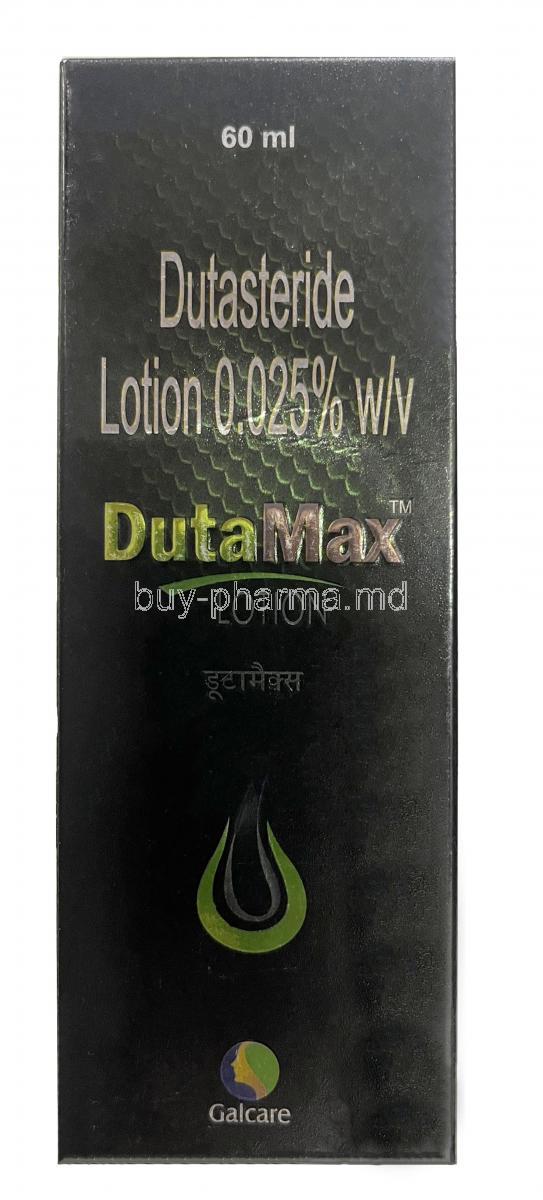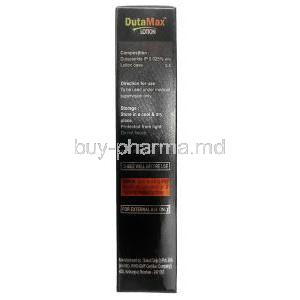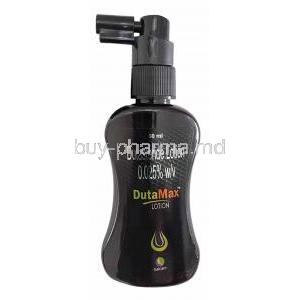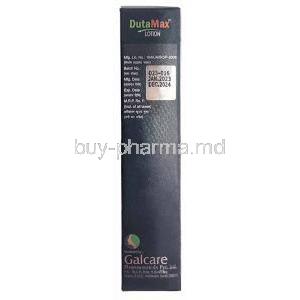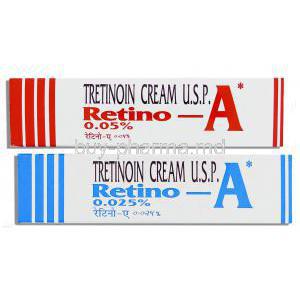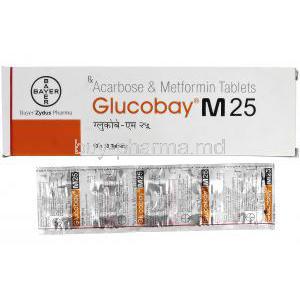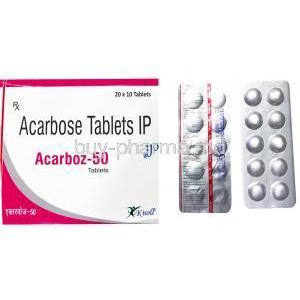Dutamax Lotion, Dutasteride
- I. Introduction
- II. Composition of Dutasteride Topical
- III. How Dutasteride Topical Works
- IV. Uses of Dutasteride Topical
- V. Off-Label Uses of Dutasteride Topical
- VI. Dosage and Administration of Dutasteride Topical
- VII. Interactions of Dutasteride Topical
- VIII. Side Effects of Dutasteride Topical
- IX. Warnings and Contraindications of Dutasteride Topical
- X. Special Precautions for Administration
- XI. Overdosage and Its Implications
- XII. Storage and Handling Precautions for Dutasteride Topical
- XIII. Final Takeaways: Balancing Dutasteride Topical's Benefits and Risks
I. Introduction
A. Definition of Dutasteride Topical
Dutasteride Topical is a medicine created specifically for topical application primarily to combat the effects of conditions such as androgenetic alopecia, also referred to as male pattern baldness. This medication falls under a category of medications known as five alpha-reductase inhibitors. Its function involves preventing the conversion of testosterone into dihydrotestosterone (DHT), a hormone frequently linked to hair loss.
B. Brief History and Development
The story of Dutasteride originated as a medication used to address benign prostatic hyperplasia (BPH). Following its approval by the U.S. Food and Drug Administration in 2001, researchers discovered its effectiveness in treating pattern hair loss. Even though its initial purpose wasn't for this, it was noticed that men who took Dutasteride for BPH also experienced a decrease in hair loss and even some hair regrowth. As a result, scientists have now developed a version of Dutasteride to minimize potential side effects while maximizing its benefits for hair growth.
C. Overview of Uses
Dutasteride Topical is widely used to address alopecia, which is known for causing hair thinning. While it may not wholly reverse baldness, it plays a role in slowing down hair loss and, in some instances, even promoting hair regrowth. It is important to note that the drug manages the symptoms than providing a permanent cure for baldness.
II. Composition of Dutasteride Topical
A. Active Ingredients and Their Functions
Dutasteride Topical primarily contains Dutasteride as its ingredient—dutasteride acts by inhibiting the five alpha reductase enzyme, which converts testosterone to DHT. DHT plays a role in hair loss, and by blocking its production, Dutasteride helps prevent hair thinning and may even reverse it to some extent. Different products may have varying concentrations of Dutasteride. On average they usually range from 0.1% to 0.5%.
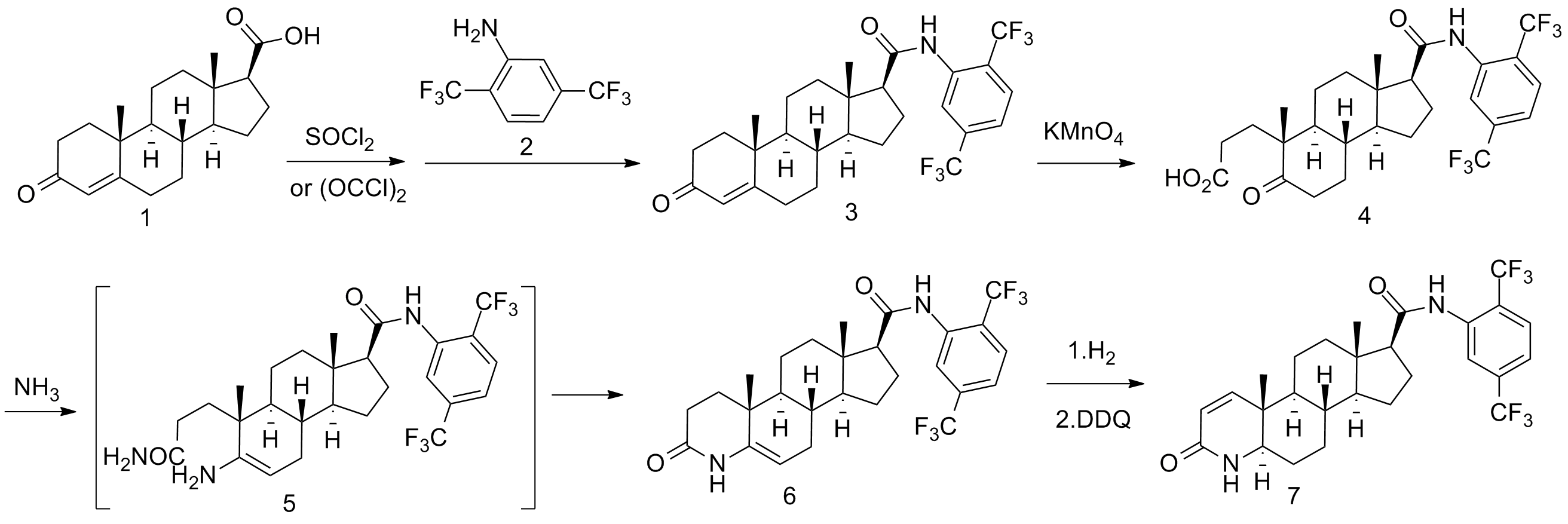
B. Inactive Components and Their Roles
Dutasteride Topical, in addition to the ingredient, contains various other ingredients that are not active. These may include a base, a gel that is alcohol or water-based to help the active ingredient reach the scalp effectively. Some extra components, like propylene glycol, can be included to maintain moisture while preservatives are added to extend the product's lifespan. It's important to note that different manufacturers and formulations may have inactive ingredients.
III. How Dutasteride Topical Works
A. Mechanism of Action
Dutasteride Topical primarily works by blocking the action of an enzyme called five alpha-reductase. This enzyme is essential for converting testosterone into dihydrotestosterone (DHT). By reducing the activity of this enzyme, Dutasteride helps decrease the amount of DHT in the scalp. This is crucial because DHT is responsible for causing hair follicles to shrink in alopecia, which leads to thinner hair and, eventually, hair loss.
B. Biological Processes Involved
Regulation: Dutasteride Topical disrupts the conversion of testosterone into DHT, which affects the hormonal balance in the scalp and helps alleviate the impact of DHT on hair follicles. Cellular Processes: DHT binds to androgen receptors within hair follicles. Causes changes in cellular activity. By reducing the influence of DHT on these cells, Dutasteride helps maintain their function and supports healthy hair growth. Hair Cycle Modulation: Excessive levels of DHT typically shorten the growth phase (anagen) of the hair cycle. Prolong the resting phase (telogen), which can result in hair thinning. Dutasteride helps regulate these phases of the hair cycle, promoting hair growth.
C. Effect on Hair Follicles
Excessive levels of DHT can impact hair follicles, causing them to shrink and result in thinner and shorter hair. This shrinking process, known as miniaturization, can eventually lead to the follicle stopping hair production, which causes baldness. When applied topically, Dutasteride helps decrease DHT levels, slows down the miniaturization process, and potentially promotes some hair regrowth. Additionally, Dutasteride may also enhance hair density and thickness for individuals, although it's important to remember that outcomes vary from person to person. To maintain these benefits, consistent usage of Dutasteride Topical is typically necessary, as discontinuation may lead to a return of hair loss.
IV. Uses of Dutasteride Topical
Dutasteride is a medication primarily utilized for treating prostatic hyperplasia (BPH) by improving urinary flow and potentially lowering the likelihood of future prostate surgery. It is exclusively prescribed for men. However, dermatologists have frequently incorporated it into their practices over the past few years due to its off-label effectiveness in addressing androgen-mediated skin conditions such as androgenic alopecia (AGA). Dutasteride has been effective in several randomized, double-blind, placebo-controlled trials in androgenetic alopecia12. A 0.5 mg daily dose of oral dutasteride was superior to minoxidil and finasteride in total hair count at 24 weeks1. Dutasteride inhibits both type I and type II 5-alpha-reductase resulting in a decrease of the serum dihydroxytestosterone (DHT) level of about 90%3.
Here are some references that you can check out for more information:
- Dutasteride may be most efficacious in androgenetic alopecia treatment
- The effectiveness of finasteride and dutasteride used for 3 years in women with androgenetic alopecia
- FDA-Approved Hair Loss Treatments for Androgenic Alopecia
- Dutasteride in Androgenetic Alopecia: An Update
A. Primary Indications: Hair Loss and Androgenetic Alopecia
Dutasteride is more effective than finasteride in treating androgenetic alopecia in men. A meta-analysis of studies found dutasteride more effective at treating androgenetic alopecia than finasteride. Total hair counts were higher in the group treated with dutasteride, as was the subject assessment of the results of 24 weeks of treatment1. Dutasteride inhibits type I and type II 5-alpha-reductase, while finasteride inhibits only the type II enzyme. As both isoenzymes are present in hair follicles, it is likely that dutasteride is more effective than finasteride12.
Here are some references that you can check out for more information:
- Dutasteride Vs. Finasteride: Is One Better for Hair Loss? | Ro
- Superiority of dutasteride over finasteride in hair regrowth and reversal of miniaturization in men with androgenetic alopecia: A randomized controlled, open-label, evaluator-blinded study
- Hair Loss Drugs Ranked in Order of Efficacy | MedPage Today
B. Effectiveness in Primary Uses
Oral and topical dutasteride have been proven to be effective in treating hair loss, according to clinical studies1. The medication is used to treat benign prostatic hyperplasia (BPH) in men with an enlarged prostate but is also used as an off-label treatment for hair loss1.
Here are some references that you can check out for more information:
C. Duration of Use for Optimal Results
The optimal duration of use can vary from person to person, so it's always an idea to seek personalized advice from a healthcare professional.
V. Off-Label Uses of Dutasteride Topical
Dutasteride is effective for various conditions including alopecia (AGA), frontal fibrosing alopecia (FFA), hidradenitis suppurativa, hirsutism, and acne vulgaris in females1. While studies have primarily focused on the sister drug finasteride for these conditions, oral and topical dutasteride have shown promising results as a hair loss treatment1. However, it is essential to note that the FDA has not approved dutasteride for hair loss treatment. Therefore it is advisable to consult with healthcare before considering dutasteride or any other medication1.
Here are some references that you can check out for more information:
VI. Dosage and Administration of Dutasteride Topical
A. Standard Dosage Guidelines
Usually, Dutasteride Topical is applied daily to the scalp as per the standard dosage. The prescribed amount may differ depending on how severe the hair loss is and how the individual reacts to the medication. Generally, a small amount equivalent to the size of a pea, around 0.5 to 1 ml, is gently applied to the affected area. It's essential to adhere to the guidelines provided by a healthcare professional or those mentioned on the product packaging.
B. Directions for Proper Application
Before using Dutasteride Topical, make sure your scalp is clean and dry. It's not necessary. You can wash your hair beforehand if you prefer. To apply, take the recommended amount. Gently massage it into the affected area of your scalp, spreading it evenly. After applying Dutasteride Topical, avoid washing or getting your hair wet for at least 2 to 3 hours. This allows time for the medication to be fully absorbed into your scalp.
C. Adjustments for Different Situations
It is crucial to take circumstances into account while administering Dutasteride Topical. For example, people experiencing hair loss might necessitate a higher dosage or more frequent application. Conversely, individuals with skin may benefit from a lower dose to reduce irritation. However, consulting a healthcare professional for any adjustments is essential to prevent negative consequences.
VII. Interactions of Dutasteride Topical
A. Known Drug Interactions
Although Dutasteride Topical is generally considered safe alongside medications, there are known drug interactions. These interactions typically occur when taking medications influencing hormone levels, like five alpha-reductase inhibitors or hormone replacement therapies. Using these medications concurrently with Dutasteride may heighten the possibility of experiencing side effects or diminish the effectiveness of the treatment. It is always advisable to consult healthcare before using Dutasteride Topical, especially if you already take other medications.
B. Interactions with Skincare Products
Dutasteride Topical has the potential to interact with skincare products, particularly those that have alcohol or other ingredients known to dry out the skin. Using products may increase Dutasteride's absorption, which can raise the risk of experiencing side effects. Additionally, when using Dutasteride Topical alongside skincare products that contain retinoids or other potent ingredients, there is a possibility of experiencing irritation.
C. Interactions with Underlying Health Conditions
People who have health conditions should be cautious when using Dutasteride Topical. For example, if you have liver disease, your ability to process Dutasteride may be reduced, which could result in drug levels in your blood. This might increase the risk of experiencing side effects. Similarly, if you have had hypersensitivity or allergic reactions to Dutasteride or similar medications in the past, it's advised to avoid using Dutasteride Topical. It's always important to discuss any health conditions with a healthcare provider before starting this medication.
VIII. Side Effects of Dutasteride Topical
A. Common Side Effects and Their Frequency
Dutasteride Topical is generally well tolerated by people. However, like any medication, it can have some side effects. The common ones to watch out for include scalp irritation, which may cause redness, itching, or mild discomfort at the application site. Additionally, some individuals might experience temporary hair shedding when they first start using Dutasteride Topical. This is typically an occurrence and reflects a change in the hair growth cycle. It's important to remember that these side effects are usually mild and tend to decrease over time as your body adjusts to the medication. If they persist or worsen, it's advisable to seek advice.
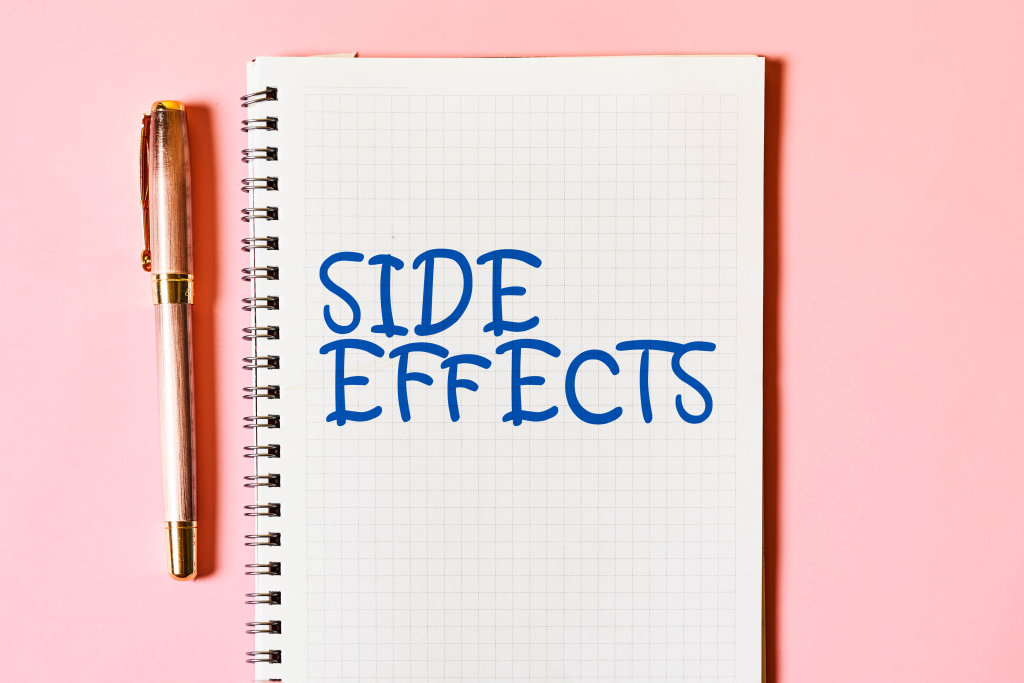
B. Rare But Serious Side Effects
Although it's not common, a few adverse effects are linked to using Dutasteride Topical. These could include discomfort on the scalp, such as intense itching, burning sensations, or pain in the area where it is applied. Additionally, Dutasteride might influence hormone levels leading to symptoms like breast enlargement or tenderness. If any of these changes occur, it is advisable to seek medical assistance.
C. Managing Side Effects and When to Seek Medical Help
When dealing with the effects of Dutasteride Topical, it is essential to address any discomfort by utilizing a calming scalp treatment. Nonetheless, in the event of side effects or if the more common ones persist or worsen, it is crucial to seek medical advice promptly. It's best to stop using the product until you've had the opportunity to consult with a healthcare professional.
IX. Warnings and Contraindications of Dutasteride Topical
A. People Who Should Not Use Dutasteride Topical
Dutasteride Topical is mainly prescribed for men with alopecia, also known as male pattern baldness. However, it is generally not advisable for pregnant women or planning to conceive as there is a possibility of absorption and the potential risk of birth defects. Moreover, individuals with a history of severe hypersensitivity or allergic reactions to Dutasteride should refrain from using the topical variant.
B. Situations Requiring Caution
It's essential to exercise caution in scenarios when using Dutasteride Topical. People with liver disease might have a time breaking down the drug, which could result in higher levels of it in their bloodstream. Moreover, individuals with scalp conditions, like psoriasis or seborrheic dermatitis, might find Dutasteride Topical irritates.
C. Allergies and Sensitivity
If you know you have allergies to Dutasteride or any elements in the topical solution, it is advisable to refrain from using this product. In case of a reaction, you may experience intense irritation on the scalp, rashes on the skin, hives, swelling of the face or throat, or difficulties with breathing. If you encounter any of these symptoms following the use of Dutasteride Topical, it is essential to seek medical assistance.
X. Special Precautions for Administration
A. Administration to Elderly
Senior citizens can make use of Dutasteride Topical. It's essential to watch them due to the possibility of higher risk in systemic absorption and possible side effects. This particular group might have a weakened skin barrier, which could potentially lead to increased absorption of Dutasteride if any unusual symptoms occur, it's advised to inform a healthcare professional.
B. Administration to Pregnant Women and Nursing Mothers
Dutasteride Topical is typically not recommended for women or nursing mothers. Since the medication can be absorbed through the skin, there is a risk of causing birth defects if it comes into contact with a developing fetus. While it's uncertain whether Dutasteride passes into breast milk, it's advisable to be cautious due to the risk to a nursing infant. It is always recommended to seek guidance from a healthcare provider before using this product if you're pregnant, planning to conceive, or breastfeeding.
C. Administration to Children
Dutasteride Topical is not typically recommended for children since its safety and effectiveness in this age group have not been established. It's essential to have a healthcare assess hair loss in children as the causes may differ from those in adults.
D. Considerations for Individuals with Certain Health Conditions
If you have health conditions like liver disease or hormonal imbalances, it is essential to be cautious when using Dutasteride Topical. These conditions can potentially change how Dutasteride is metabolized and its effects. It's always advisable to share your medical history with a healthcare provider before initiating any new medication, including Dutasteride Topical.
XI. Overdosage and Its Implications
A. Identifying Overdosage
In rare cases, using excessive Dutasteride Topical can lead to an overdose. This is more likely to happen if the product is used more often than recommended or in larger quantities. Symptoms of an overdose may include scalp irritation changes, in hormone levels, or signs of hypersensitivity. If you believe you have taken much, it's essential to seek immediate medical help.
B. Immediate Steps to Take
If you believe an overdose may have occurred, you must cease using Dutasteride Topical away and contact a healthcare professional. In some situations, the symptoms should improve once you stop taking the medication. However, it is essential to note that additional monitoring may be necessary if you experience any systemic symptoms.
C. Possible Consequences of Overdosage
The effects of using Dutasteride Topical can vary depending on how much is absorbed into the body. Some possible consequences may include imbalances or allergic reactions. If the medication is absorbed systemically, it could lead to symptoms resembling those caused by taking oral Dutasteride, such as changes in sexual function or performance. It's essential to follow the instructions for using Dutasteride Topical to reduce the risk of overdosing and encountering its potential effects.
XII. Storage and Handling Precautions for Dutasteride Topical
A. Ideal Storage Conditions
It is essential to store Dutasteride Topical in a dry location away from direct sunlight. The best temperature for storing this medication is between 20°C and 25°C although temporary excursions between 15°C and 30°C are also acceptable. Extreme temperatures can impact the effectiveness of Dutasteride Topical. Make sure to seal the bottle to prevent any exposure to air, as it may degrade the medication.
B. Safe Handling Procedures
When using Dutasteride Topical, make sure to keep it from your eyes, nose, and mouth to avoid any irritation. After applying the solution, it's an idea to wash your hands thoroughly. Also, be careful not to get the solution on any skin or open wounds, as it may increase the chance of it being absorbed into your system. If Dutasteride Topical accidentally comes into contact with these areas, rinse them thoroughly with water.
C. Shelf Life and Disposal
The usual lifespan of Dutasteride Topical is two years from the manufacturing date. However, it is essential to verify the expiration date mentioned on the bottle. When the product expires or is no longer needed, it should be disposed of responsibly to prevent any harm to individuals or the environment. Its recommended to seek guidance from a waste disposal company or pharmacist for specific instructions applicable to your location.
XIII. Final Takeaways: Balancing Dutasteride Topical's Benefits and Risks
A. Recap of Dutasteride Topical's Uses and Benefits
Dutasteride Topical is a solution for treating male pattern hair loss known as androgenetic alopecia. It works by blocking the 5 alpha reductase enzyme, which prevents the conversion of testosterone into dihydrotestosterone (DHT). This hormone is associated with the shrinking of hair follicles and eventual hair loss. By slowing down hair loss and potentially stimulating hair growth, Dutasteride Topical plays a vital role in various strategies for treating hair loss.
B. Summarization of Potential Side Effects and Risks
Although Dutasteride Topical is known to be effective, it may lead to side effects. These can range from scalp irritation to, although relatively rare, indications of hormonal imbalance. Certain groups, including women, nursing mothers, and children, are generally recommended to avoid using this product due to the associated risks. Individuals need to be mindful of these side effects and seek guidance from a healthcare professional if they encounter any unforeseen symptoms when using the medication.
C. Expert Opinions on Dutasteride Topical Use and Safety
According to most healthcare experts, Dutasteride Topical can be an efficient solution for treating male pattern hair loss when used correctly and under the guidance of a medical professional. It's crucial to follow the dosage and application instructions to minimize the chances of any adverse reactions. Regular checkups and monitoring are recommended to ensure the treatment remains safe and effective. Patients are always encouraged to communicate with their healthcare providers, discussing any concerns or potential side effects they may encounter while using the medication.
Dutamax Lotion, Dutasteride FAQ
- What is dutasteride lotion used for?
- Does dutasteride have bad side effects?
- Is dutasteride the same as tamsulosin?
- How long should you take dutasteride?
- Is dutasteride safe for kidneys?
- Is it safe to take dutasteride daily?
- Does dutasteride shrink the prostate?
- Is dutasteride bad for heart?
- Does dutasteride make you urinate more?
- What should you avoid while taking dutasteride?
- What are the benefits of dutasteride?
- What will happen if I stop taking dutasteride?
- Is 2.5 mg dutasteride safe?
- What can I take instead of dutasteride?
- What does topical dutasteride do?
- Is dutamax lotion effective?
- What are the side effects of dutasteride on the skin?
- How long should I use dutasteride?
- How to tell if dutasteride is working?
- How to use dutamax lotion for hair?
- Do you need a prescription for topical dutasteride?
- How fast does dutasteride work?
- Is topical dutasteride safe?
- What should you avoid while taking dutasteride?
- Which is better, topical finasteride or topical dutasteride?
- Is there an alternative to dutasteride?
- Is dutasteride FDA approved?
- Can dutasteride damage kidneys?
- What is the use of dutasteride lotion?
- How many times a day do you apply topical finasteride?
- Can you regrow hair with dutasteride?
What is dutasteride lotion used for?
Androgen blocker Dutasteride is authorized for the treatment of male pattern hair loss, also referred to as alopecia.
Does dutasteride have bad side effects?
Skin reactions, like rashes and itching, may occur along with symptoms such as breast tissue changes, including lumps or redness and pain, in the area.
Is dutasteride the same as tamsulosin?
By inhibiting the conversion process from testosterone to dihydrotestosterone (or DHT), dutasteride prevents the hormone for prostate enlargement from being produced in your body, thus aiding in shrinking the size of the prostate gland. On the other hand, Tamsulosin functions by relaxing the muscles in both your prostate and bladder, contributing to improved urinary flow and reduced symptoms associated with an enlarged prostate.
How long should you take dutasteride?
Patients typically undergo dutasteride treatment for a period with symptom relief noticeable, after a minimum duration of 3 months, and its full effects may take up to 6 months to manifest completely.
Is dutasteride safe for kidneys?
The potential reason for the increased kidney damage seen in this study could be due to factors related to function considerations in patients; therefore, choosing finasteride over dutasteride might be a better option in such cases.
Is it safe to take dutasteride daily?
Health professionals recommend taking Dutasteride a day.
Does dutasteride shrink the prostate?
When dutasteride is used to treat prostate enlargement in men by blocking the enzyme five alpha reductase which converts testosterone into a hormone that contributes to prostate growth; it leads to a reduction, in prostate size, with the condition that the treatment is continued for its effects to be maintained.
Is dutasteride bad for heart?
Randomized studies have shown that dutasteride may raise the chances of heart failure.
Does dutasteride make you urinate more?
Taking dutasteride can improve the flow. Reduce the chances of a blockage in urination (acute urinary retention). Sometimes this can even lower the necessity, for prostate surgery.
What should you avoid while taking dutasteride?
It's best to steer from using medication for issues like sildenafil or avanafil along with popular brands like Viagra and Cialis. Remember not to give blood while you're on these medications and for half a year after your dose. If a pregnant woman receives a blood transfusion containing dutasteride medication; it could potentially lead to birth defects.
What are the benefits of dutasteride?
Dutasteride is prescribed for alleviating symptoms associated with BPH. Potentially lowering the risk of experiencing urinary retention, which is the sudden inability to urinate without warning signs.
What will happen if I stop taking dutasteride?
After stopping dutasteride treatment, there was a decline in urinary tract symptoms (LUTs), an increase in prostate size, and elevated levels of prostate-specific antigen (PSA).
Is 2.5 mg dutasteride safe?
According to research findings, taking 2. Five milligrams ( mg ), with dutasteride on a basis, is believed to have greater efficacy in stimulating hair growth when contrasted with the usual dosage amount, which is point five milligrams ( mg ). However, by opting for this dosage level, you are also more likely to encounter effects ; hence, it is rarely recommended by healthcare providers.
What can I take instead of dutasteride?
FLomax
What does topical dutasteride do?
Dutasteride treats hair loss by protecting hair follicles from the effects of DHT
Is dutamax lotion effective?
DUTAMAX LOTION is commonly utilized to address concerns related to hair loss and support the process of hair re-growth.
What are the side effects of dutasteride on the skin?
Skin rash and itching could indicate reactions, along with symptoms like hives or swelling of the face and lips. Changes in breast tissue, such as lumps or redness, may also cause pain. Discharge from the nipple.
How long should I use dutasteride?
3-6 months
How to tell if dutasteride is working?
Patients usually start seeing enhancements in the thickness and density of their hair after six months. You can expect further improvements over the following year or longer. Research conducted over a period suggests that Dutasteride remains effective for years when used regularly.
How to use dutamax lotion for hair?
Remember to apply Dutamax Lotion and avoid ingestion. Apply the lotion directly onto your scalp. Gently massage in motions. Leave it on for a 4 hours before rinsing off. Be careful to not get the lotion, in contact, with your eyes or mouth.
Do you need a prescription for topical dutasteride?
Yes
How fast does dutasteride work?
It usually requires a period of 3 months on dutasteride, to notice any changes; however, it may take up to six months to start experiencing any effects based on the person's response.
Is topical dutasteride safe?
Although topical dutasteride can help with hair loss issues effectively, it comes with a risk for side effects than topical finasteride does. Similar to dutasteride there is a chance for experiencing dysfunction, breast tenderness and growth as well, as feelings or symptoms related to depression.
What should you avoid while taking dutasteride?
It is recommended to refrain from using medications, like sildenafil and avanafil, for treating dysfunction or using brands like Viagra and Cialis in such cases. When on medications for issues or any medication containing Dutasteride specifically in the case mentioned here about blood donation during treatment with these drugs; it's advisable to wait at least 6 months after the last dose taken prior to donating blood. Moreover, there is a concern, about the risk Dutasteride poses to causing birth defects if a pregnant woman were to receive a blood transfusion containing this medication.
Which is better, topical finasteride or topical dutasteride?
In the treatment for pattern hair loss, dutasteride was found to be more effective than in improving BASA classification and showed a comparable or potentially reduced rate in overall side effects reported by patients undergoing treatment for androgenetic alopecia (AGA). This suggests that dutasteride could be a safe choice for treating male AGA patients.
Is there an alternative to dutasteride?
Finasteride
Is dutasteride FDA approved?
Yes
Can dutasteride damage kidneys?
Yes
What is the use of dutasteride lotion?
It decreases the levels of dihydrotestosterone. It helps to slow down or stop hair loss while also enhancing hair growth.
How many times a day do you apply topical finasteride?
Twice daily
Can you regrow hair with dutasteride?
No

